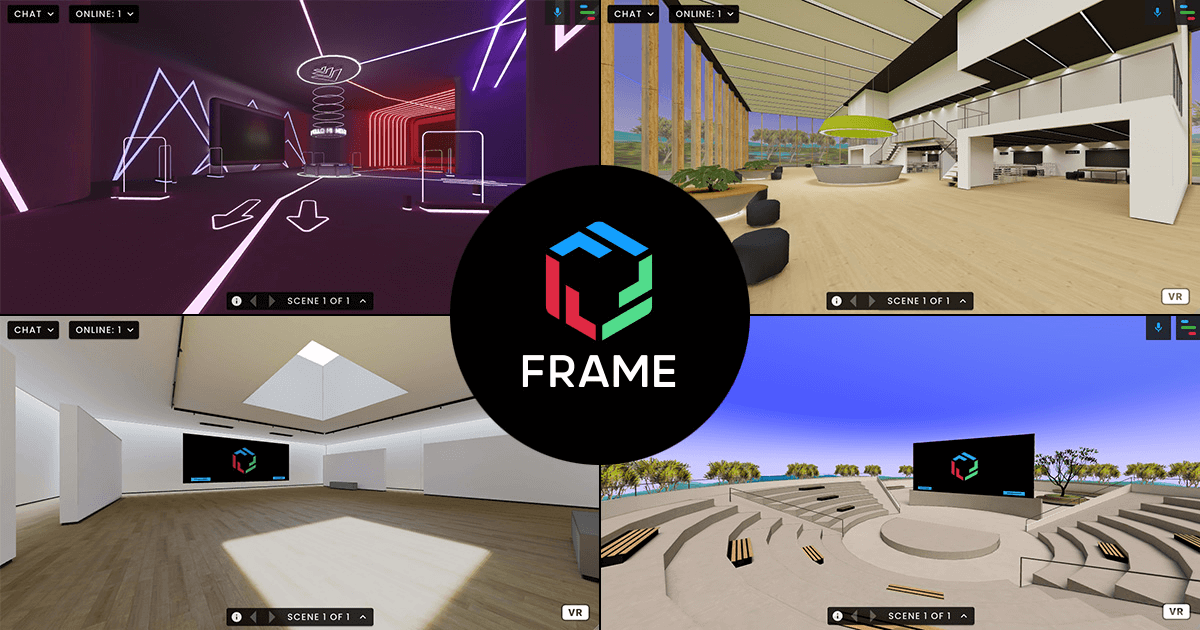
Revisiting Artistry: A Deep Dive into “Behind the Frame VR”
In the realm of virtual reality, few ventures are as ambitious as converting a 2D experience into a 3D world. Behind the Frame VR, inspired by the iconic Studio Ghibli, attempts just that, taking players on a visually immersive journey that captures the essence of artistic expression. However, as with any audacious endeavor, it comes with its own set of challenges.
The Evolution from 2D to VR
Transitioning from a conventional flatscreen display to a fully explorable VR environment is no small task. While the original Behind the Frame offered panoramic scenes that allowed for 360-degree exploration, its VR counterpart pushes the envelope by introducing a tangible 3D world. This world beautifully recreates the game’s original settings, while also tailoring the gameplay to the unique interactivity that virtual reality offers.
Stepping into Amber’s World
At the heart of this narrative is Amber, an aspiring artist on a quest to complete her magnum opus. As players navigate her world, they’re introduced to her intriguing neighbor, a reclusive elderly artist with a feline companion. This simple narrative setup unfolds into a deeply engaging story that not only holds the player’s attention but also ignites their artistic passions.
The gameplay predominantly unfolds within the confines of Amber’s residence. Here, players engage in mundane yet immersive activities – preparing breakfast, enjoying a cup of coffee, or immersing themselves in music. These activities, though seemingly ordinary, intricately weave the tale of Amber’s life, offering players a glimpse into her daily routine and artistic endeavors.
Interactivity and Puzzles
The game brilliantly retains its point-and-click origins, even in its 3D avatar. Players interact with various objects within Amber’s apartment, offering brief yet insightful descriptions. These interactions often serve as cues to puzzles that need solving. Whether it’s adding vibrancy to a painting or tracing a pattern, the game ensures players are constantly engaged, challenging both their creativity and memory.
The Art of Painting in VR
One of the game’s standout features is the painting mechanic. As players progress, they unlock a plethora of colors, adding depth to their artistic toolkit. However, this feature, while innovative, is not without its flaws. Issues with paint detection and the game’s inability to recognize completed shapes can sometimes mar the experience, demanding patience and persistence from players.
Technical Challenges and the Road Ahead
Despite its artistic brilliance, Behind the Frame VR is not without its technical challenges. Issues ranging from distorted textures, overlapping text, to disappearing items underscore the need for further refinement. While the game’s narrative remains its strongest asset, these technical glitches can sometimes detract from the overall experience, especially in its PSVR 2 iteration.
Concluding Thoughts
Behind the Frame VR is a testament to the limitless potential of virtual reality. Its compelling narrative, coupled with its Studio Ghibli-inspired visuals, offers players a unique experience. However, its current technical challenges highlight the need for further optimization. As the VR gaming industry continues to evolve, one can only hope that titles like Behind the Frame VR receive the polish they truly deserve. For now, players might find solace in the game’s original flatscreen version, awaiting future updates that could elevate the VR experience to new heights.

